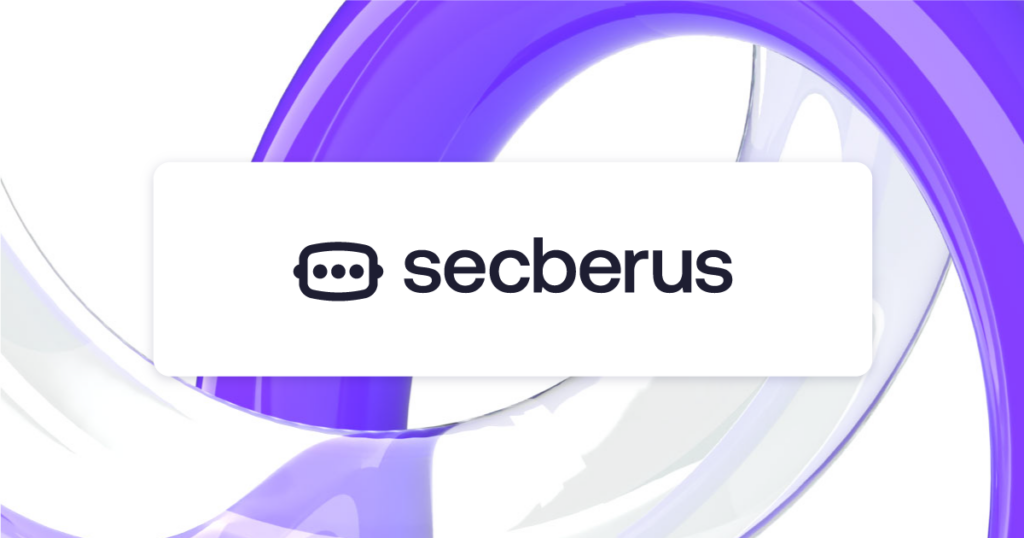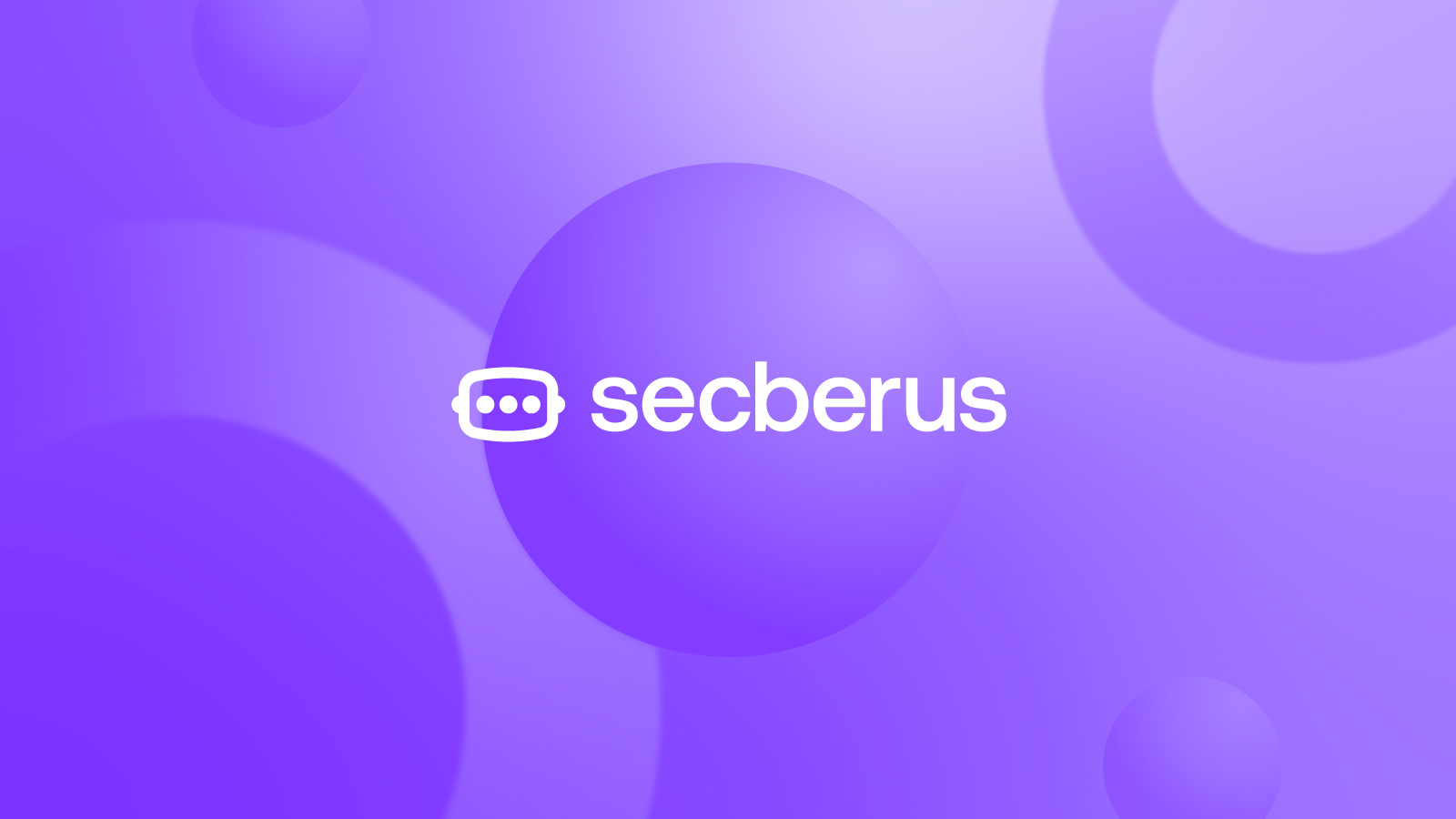Bold statement? Maybe.
Honestly, it’s the 20/20 hindsight thought of every CISO who’s felt the pain of a migration, merger or acquisition. It’s that moment of panic regarding the utter ignorance of what is in the cloud they just adopted and are now accountable for.
Invariably, the first step is to get help. And rightly so. So you hire a Cloud Consultant to be your partner in this cloud migration effort. They are knowledgeable and well equipped to help you with your end-to-end migration needs – from the Cloud Service Provider to Cloud Identity Provider.
And you expect big results in reasonable time. But before you sign on the dotted line, ask your partner these three questions:
- How adaptable are the cloud controls you will recommend us implementing? Will we be able to harden them over time and ensure they are in place?
- How easily will we be able to define and manage cloud drift at any given moment post migration?
- What’s your process for maintaining security and compliance hygiene post migration? Do you have a recommendation that will allow us to prevent misconfiguration debt from growing and ensure our developers address their own misconfigurations risk in real-time?
The partner of choice will advise you on the CSP resources to be used, the configuration best practices, and which users will have access to what. All helpful information. And if you believe this initial migration is forming the foundation of the cloud posture of the organization, it is also imperative that it incorporates cloud governance best practices based on the questions above.
Including a cloud governance product, like Secberus, as part of the migration process will enable the partner to codify the governance policies across CSP and IDP for both security and compliance. This means that your governance policies will be documented and implemented, as-code. And this means that once this migration project is complete and the ‘hand-off’ occurs, you can take over the continuous governance of your cloud and maintain security and compliance hygiene. Goodbye to waiting for the SOC to prioritize misconfigurations (full of false positives), miss false negatives, and generally slow you down. Hello to more confidence in your cloud because you are able to continually ensure the configuration hygiene of your cloud at any given moment in time.
While the migration process is happening, the integration of a cloud governance platform will provide continuous monitoring of
- Resource development
- Policy adjustments
- Orchestration improvements.
So that when you and your partner meet, the security and compliance posture of the project is always available. Without a cloud governance product that can provide this level of visibility, observability and insight, you’ll have the help during your migration but as soon as the project is complete, you are back to square one and that feeling of panic and overwhelm. You don’t need to feel that anymore.
With a product like Secberus as part of your stack, you can continue to manage the governance in a very mature manner. From there, you can then purchase a SOC tool (Wiz, JupiterOne, Orca, etc.) to manage risk, which, because of Secberus, will receive less noise from misconfiguration issues and eliminate false positives from the misconfiguration data.
Including cloud governance at the core of your cloud migration might even have you looking forward to your organization’s next M&A.

